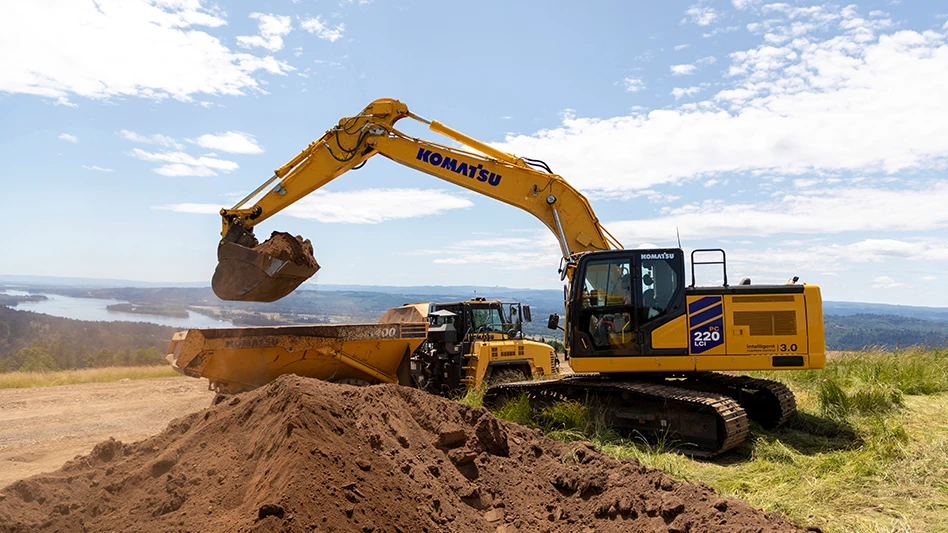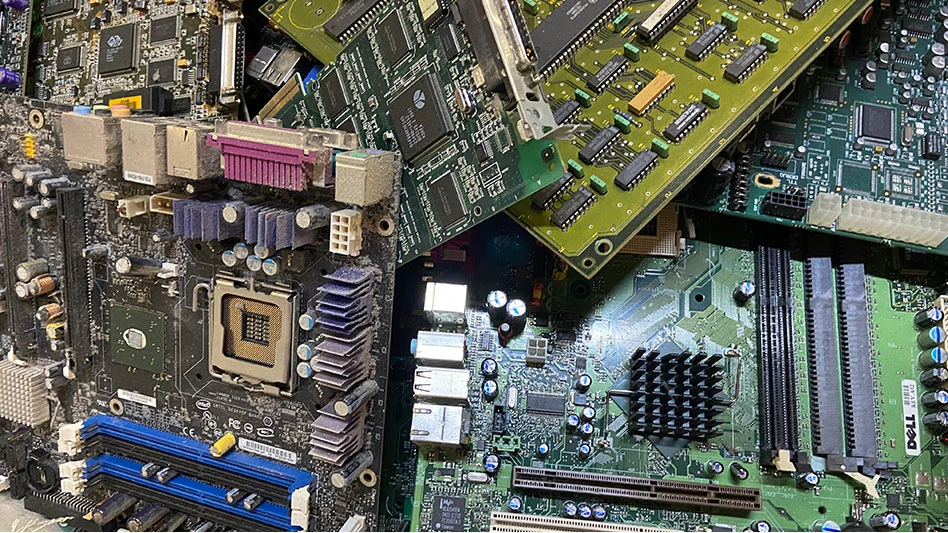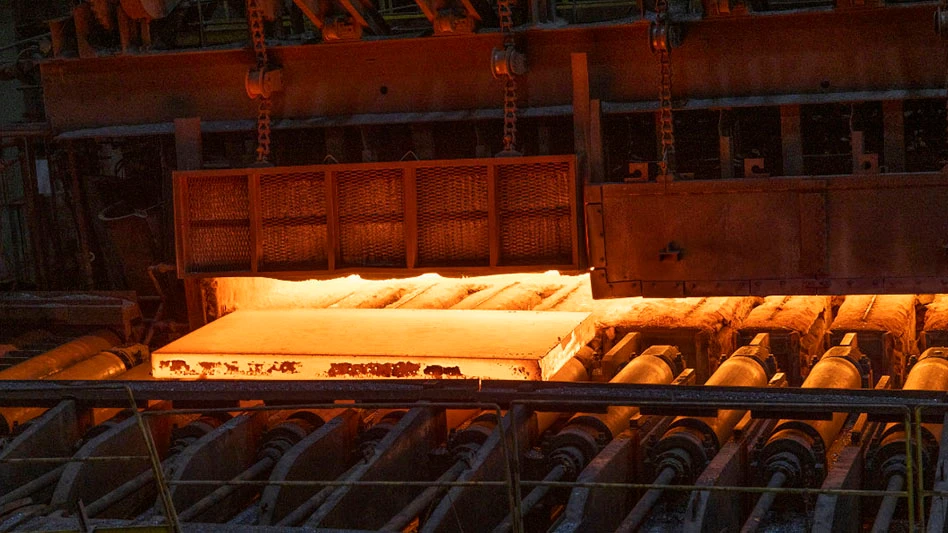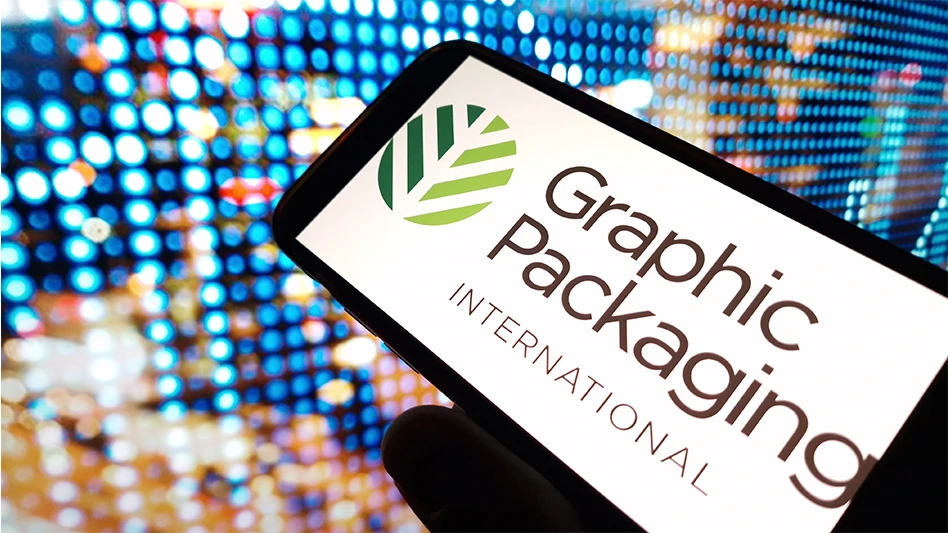The nonferrous market in Europe may be finding some solid footing, which could be good news for the overall health of most nonferrous metals markets there.
One sticking point continues to be China, which continues to send mixed signals on its economy.
For copper, a recent forecast by The International Copper Study Group (ICSG) finds an apparent refined copper market production surplus of 104,000 tonnes at the end of 2014, despite what the ICSG calls a strong Chinese demand.
According to the ICSG, at the end of 2014 Chinese apparent usage was revised downward, as was apparent usage in the European Union (EU).
Excluding China, world usage increased by 3%, supported mainly by apparent usage growth of 6% in the EU and 7.5% in Japan, as well as by growth of 5.5% in other Asian countries (excluding China and Japan) and 8% in the Middle East/North Africa region. More recently, during a recent meeting of copper producers, there was a sense of growing optimism, according to one report.
Meanwhile, according to a Reuters report, if current copper price levels are sustained for a few more months, the pace of mine closures should increase. The deepest cut to output should be in China, the world’s second-largest producer last year, the report said.
In the Reuters interview, the new CEO of Antofagasta Minerals, a large Chilean mining concern, says earlier expectations of a large copper surplus has been replaced with what could be a slight surplus of 100,000 to 150,000 tonnes this year, and remaining balanced in 2016 before returning to a deficit in 2017, at which time there will be upward pressure on prices.

This moderately optimistic sentiment for copper is not shared by everyone. With China’s economy continuing to show strains, the Chinese government has introduced a policy of a “new normal,” which has been designed to promote lower but stable growth for the nation.
For copper, there are reports of a huge stockpile of copper being held in warehouses in China, intended to be used as a financing tool. If interest rates in China remain above present levels, copper could be used as collateral for financing deals. However, if the copper value falls below the total loan value there could be significant selling of the collateral, flooding markets and pushing prices.
For aluminium, after a modest price rally, the metal has fallen quite significantly. Reflecting the challenges for European handlers of aluminium has been the drop in aluminium premiums. Various reports note that aluminium premiums in Europe have fallen by around 42% this year from last year’s level.
Despite some difficulties, there does appear to be improved demand in a number of countries, with a sense that buying could start to strengthen later this year.
Adding the positive signals, the European aluminium producer Norsk Hydro completed the acquisition of the German recycling company WMR Recycling in early April. The move is an indicator that aluminium producers are looking to strengthen their positions in the scrap sector.
In acquiring the operation, Roland Scharf-Bergmann, head of recycling in Hydro’s primary metals business, says, “The scrap-sorting technology in the WMR plant is the most advanced in the world, and we will now hold the patented rights to this technology.”
Scharf-Bergmann says efficient scrap sorting will be more important for the industry in the years to come.
“Only when we sort the scrap effectively can we utilise the positive recycling properties of aluminium to the full extent,” Scharf-Bergmann explains.
Novelis, another large aluminium producer, already has been building up its scrap aluminium handling capabilities with the October 2014 opening of what the company says is the largest aluminium recycling facility in the world, adjacent to its rolling mill in Nachterstedt, Germany. When fully operational the recycling center will process up to 400,000 tonnes of aluminium scrap per year.
Meanwhile, the shipments of aluminium from China have likely reached their peak during the first quarter of the year when exports increased by 43% from the same time last year.
Nickel and stainless steel scrap are under a bit of duress at the present time. A report from Oryx Stainless points out that nickel prices are stalling and there is moderate availability for scrap at low prices.
Another development in this sector is that the EU has considered the use of tariffs on stainless steel imports from China and Taiwan because of unfair trading practices.
The EU recently announced it would impose antidumping duties on cold-rolled flat stainless steel from China and Taiwan. The tariffs will be about 25% for Chinese stainless steel and 12% for imports of the stainless steel from Taiwan. The move could benefit European stainless steel producers such as Acerinox and Outokumpu, which have struggled with an oversupply over the past several years.
Related to this announcement, Axel Eggert, director general of the European Steel Association, noted that while European producers have taken painful steps to improve their businesses, “China has been subsidizing the expansion of its stainless steel industry, which is now flooding the global market and displacing trade flows.”
Latest from Recycling Today
- EGA Spectro Alloys donates to 30 nonprofits, charitable initiatives
- Signature Systems earns ISO certification
- Poll claims companies worried about future packaging materials shortages
- US EAF mills are running strong: Navigate Commodities
- Survey claims majority of Americans support DRS
- The ESG time trap: How companies fall behind before they ever begin
- Commentary | Recycling: An equation of supply and demand
- Tana adds dealer in Mid-Atlantic region





